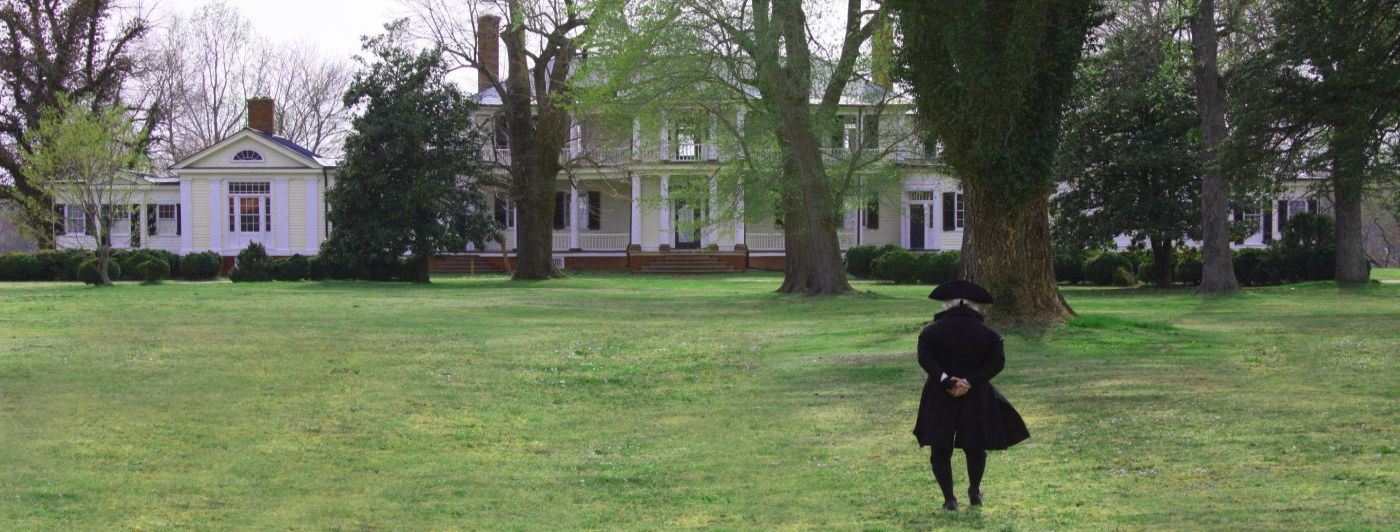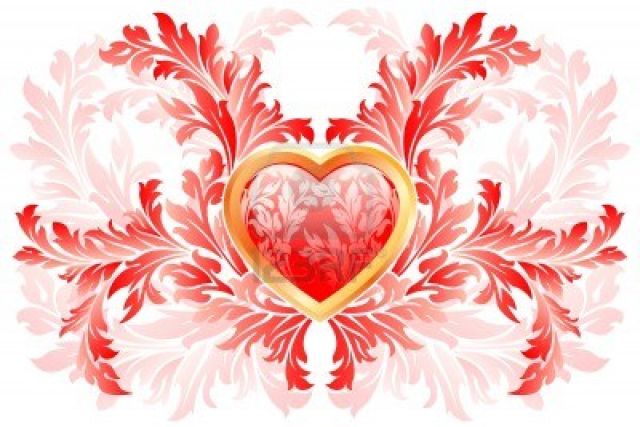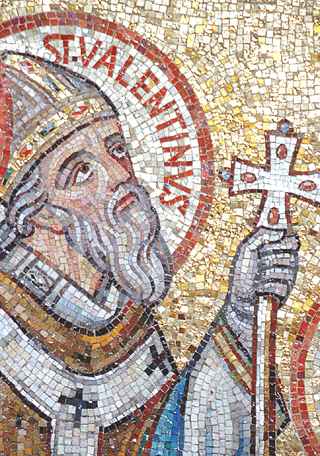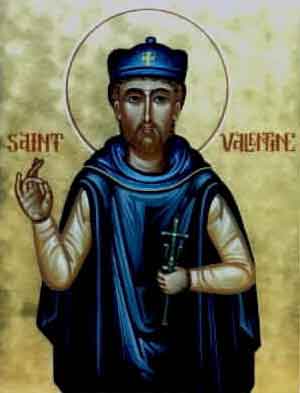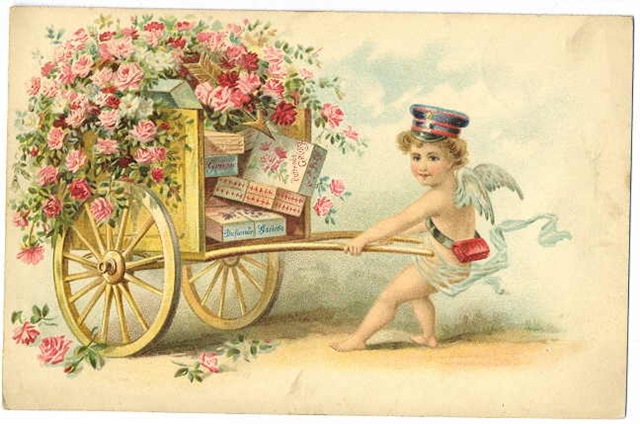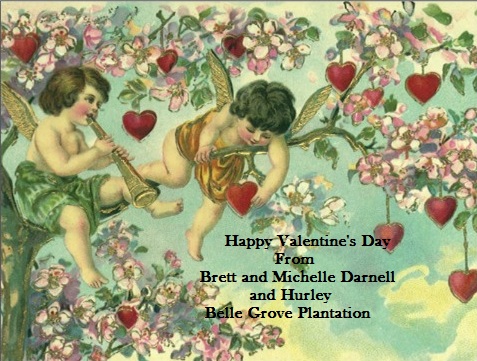Kiss Me… I’m Irish
Wearing Green and getting a pinch if you aren’t. From drinking Green Beer to Parties with Shamrocks and Parades, but where did Saint Patrick’s Day come from?
Here is a little history on Saint Patrick’s Days from Wikipedia:
Who was Patrick?
“Little is known of Patrick’s early life, though it is known that he was born in Roman Britain in the fourth century, into a wealthy Romano-British family. His father was a deacon and his grandfather was a priest in the Christian church. At the age of sixteen, he was kidnapped by Irish raiders and taken captive to Ireland as a slave. It is believed he was held somewhere on the west coast of Ireland, possibly Mayo, but the exact location is unknown. According to his Confession, he was told by God in a dream to flee from captivity to the coast, where he would board a ship and return to Britain. Upon returning, he quickly joined the Church in Auxerre in Gaul and studied to be a priest.
In 432, he again said that he was called back to Ireland, though as a bishop, to Christianise the Irish from their native polytheism. Irish folklore tells that one of his teaching methods included using the shamrock to explain the Christian doctrine of the Trinity to the Irish people. After nearly thirty years of evangelism, he died on 17 March 461, and according to tradition, was buried at Downpatrick. Although there were other more successful missions to Ireland from Rome, Patrick endured as the principal champion of Irish Christianity and is held in esteem in the Irish church.”
Where did wearing green come from?
“Originally, the colour associated with Saint Patrick was blue. Over the years the colour green and its association with Saint Patrick’s Day grew. Green ribbons and shamrocks were worn in celebration of St Patrick’s Day as early as the 17th century. Saint Patrick is said to have used the shamrock, a three-leaved plant, to explain the Holy Trinity to the pagan Irish, and the wearing and display of shamrocks and shamrock-inspired designs have become a ubiquitous feature of the day. In the 1798 rebellion, to make a political statement, Irish soldiers wore full green uniforms on 17 March in hopes of catching public attention. The phrase “the wearing of the green”, meaning to wear a shamrock on one’s clothing, derives from a song of the same name.”
Where did St Patrick’s Day come from?
“Saint Patrick’s feast day, as a kind of national day, was already being celebrated by the Irish in Europe in the ninth and tenth centuries. In later times he became more and more widely known as the patron of Ireland. Saint Patrick’s feast day was finally placed on the universal liturgical calendar in the Catholic Church due to the influence of Waterford-born Franciscan scholar Luke Wadding in the early 1600s. Saint Patrick’s Day thus became a holy day of obligation for Roman Catholics in Ireland. It is also a feast day in the Church of Ireland. The church calendar avoids the observance of saints’ feasts during certain solemnities, moving the saint’s day to a time outside those periods. Saint Patrick’s Day is occasionally affected by this requirement, when 17 March falls during Holy Week. This happened in 1940, when Saint Patrick’s Day was observed on 3 April in order to avoid it coinciding with Palm Sunday, and again in 2008, where it was officially observed on 14 March. Saint Patrick’s Day will not fall within Holy Week again until 2160. However, the secular celebration is always held on 17 March.
In 1903, Saint Patrick’s Day became an official public holiday in Ireland. This was thanks to the Bank Holiday (Ireland) Act 1903, an act of the United Kingdom Parliament introduced by Irish Member of Parliament James O’Mara. O’Mara later introduced the law that required that pubs and bars be closed on 17 March after drinking got out of hand, a provision that was repealed in the 1970s. The first Saint Patrick’s Day parade held in the Irish Free State was held in Dublin in 1931 and was reviewed by the then Minister of Defense Desmond Fitzgerald.”
May the Luck of the Irish be with you!
Please visit our Facebook Fan Page
Don’t forget to get your Cookie Recipe Submitted!
Deadline is just 15 Days away!
Click on James Madison to find out how to enter!
No Entry Fee!
Please Consider Donating to our “Restoration Fund”
to help us restore our 1700-1800 outbuildings!



